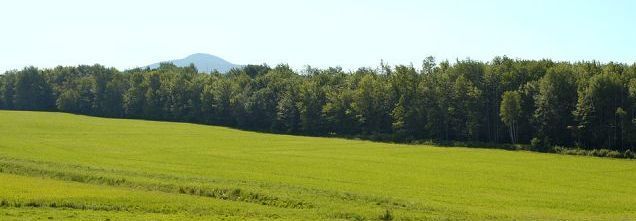Many factors must be taken into consideration when a wind farm is being developed, including the quality of the wind resource and the possibility of producing and delivering wind energy at a reasonable cost. The topography of the terrain and the presence of an existing road system have an impact of wind farm development costs. A wind farm’s proximity to electricity transportation infrastructure is another important factor, as is that infrastructure’s capacity to accept the energy generated by the wind farm. A nearby major load centre also helps to reduce transmission line losses. Finally, an essential factor in choosing a site is the possibility to integrate the project into the environment of the communities involved relative to other land uses, such as agriculture, recreational tourism, industrial activities, transportation structures, etc.
Since projects are selected pursuant to a call for tenders established and structured by Hydro-Québec, regions that meet optimal conditions are favoured.
Montérégie meets four conditions:
- It is a good wind resource;
- It is near electricity transportation infrastructure and a major load centre;
- It has a well-developed road system and a level topography; and
- The wind turbines can be integrated harmoniously with multiple land uses, which promotes better social acceptability.

A Hélimax study of the wind energy potential of Québec’s 17 administrative regions revealed that the Montérégie region is one of Québec’s six windiest regions.
It is also worth mentioning that wind energy mixes well with other land uses and that wind turbine installation is supervised on several levels.